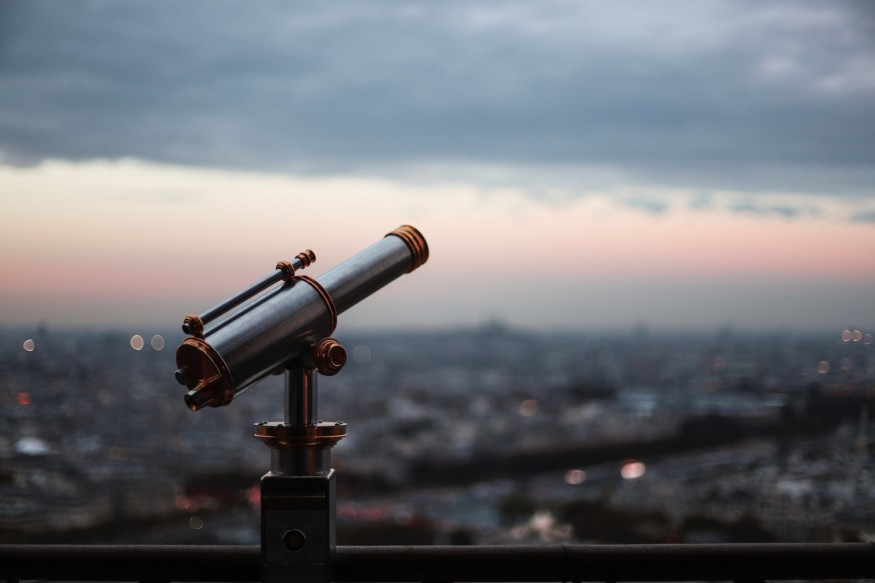
The James Webb Space Telescope (JWST) has long been a source of extraterrestrial footage for space events that have never been seen before. As such, the telescope captured new images of The Ring Nebula, showing impeccable detail of what looks to be a donut-shaped structure.
The Ring Nebula
The JWST captured two images showing exquisite detail of one of the most famous and closest planetary nebulas. These images used the Mid-Infrared Instrument (MIRI) and Near Infrared Camera (NIRCam) to create details of both the inner and outer parts of the ring.
The Ring Nebula is made up of cosmic stars left over which reached the end of their life and started to shred outer gas layers. So far, the images make the ring look like a squashed donut with brightly colored materials stretched through space.
The main ring comprises gas directly coming out of the center of the ring with around 10 concentric arcs. These arcs are believed to be coming from the interaction of the main star with a smaller companion star.
The image from NIRCCam shows indirect detail of the filament structure of the nebula and provides better detail compared to the 2013 versions taken by the Hubble Space Telescope.
ALSO READ : Earth-Based Observations Reveal the Secrets of Neptune's Dark Spot and Its Puzzling Bright Companion
Nebula Images
The Ring Nebula, also known as M57 or NGC 6720, looks like a deep space smoke ring and is often the target for amateur astronomers. To at least spot the nebula, these astronomers need a 10cm or larger backyard telescope.
It's possible to spot the ring with darker skies since light pollution is capable of blocking its diffuse light. To find the Ring Nebula, amateur astronomers need to look at the Northern Hemisphere from June to September.
The ring can be found in one of the most famous star patterns, the Summer Triangle. To find it, look below the dimmer stars, where the ring can be seen between Sheliak and Sulafat.
It's located in the Lyra constellation about 2,000 light-years away and the best time to see it is in August.
M57 Properties
The M57 was first discovered in 1779 by Antoine Darquier de Pellepoix, a French astronomer, who found that it had an 8.8 magnitude and was visible through moderately-sized telescopes. This ring tilted toward the Earth with a ring-shaped face.
The center of the nebula is filled with blue gas, making it look like a football-shaped structure while its outer parts have red, donut-shaped material. The very center of the ring is made up of dark, dense gas.
The chemical composition of the Ring Nebula has been illustrated with color, showing deep blue for helium and light blue for hydrogen and oxygen. The red part of the outer ring represents sulfur and nitrogen.
The Ring Nebula remains a sun-like star with a white dot in its center, considered to be a white dwarf which acts as the star's hot core.
RELATED ARTICLE : NASA's Perseverance Rover Discovers Giant Sunspot Visible From Mars That Could Release Powerful Solar Storm Capable of Knocking Out Earth's Power Grids
Check out more news and information on Space in Science Times.












